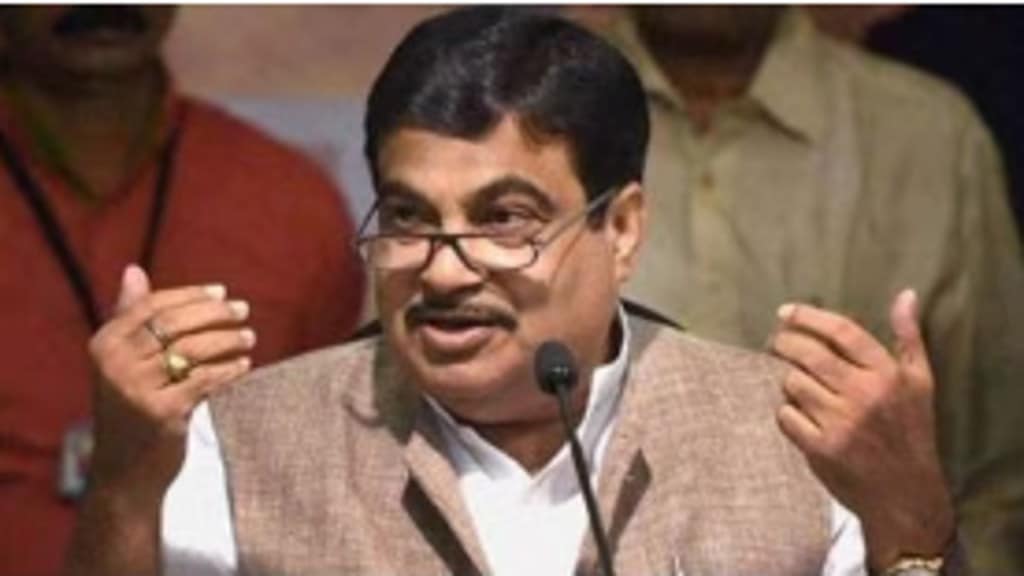Minister of Road and Transport, Nitin Gadkari while highlighting the necessity of raising tolls, said that with a budget of Rs 2 lakh, I am able to implement projects worth Rs 5 lakh due to the further monetisation of toll revenue. He was speaking at the Idea Exchange of The India Express held today.
For instance, in January 2024, when the Atal Setu, also known as the Mumbai Trans Harbour Link, was inaugurated, connecting Mumbai to Navi Mumbai. For a 22-km journey, commuters will be charged a toll of Rs 250 one way. This reflects that the pay-and-ride model on Indian roads has been gaining momentum, with most of the country’s toll revenue generated from national highways.
In India, the toll collections have increased from Rs 17,759 crore in 2015-16 to Rs 48,028 crore in 2022-23. Union Minister for Road Transport Nitin Gadkari has stated that the government aims to reach Rs 1.3 trillion in toll revenue by 2030, with an anticipated annual growth rate of 15%.
According to Gadkari, constructing high-speed highways reduces time, fuel consumption, and effort, but maintaining quality requires significant spending. “Large funds are necessary to build such roads, and tolls serve as one of the funding sources. The government believes this is preferable to alternatives like bank loans, which come with interest payments,” he said.
“Without toll collection, many highways wouldn’t be feasible. For high-traffic roads, tolls are collected from trucks, buses, and cars, but not from bikes, auto-rickshaws, or tractors,” Gadkari added.
Minister further claimed that the number of toll-free roads is three times greater than those with tolls. “States like Assam, Tripura, and Meghalaya have no tolls, while economically stronger states like Maharashtra, Karnataka, and Gujarat collect more. In contrast, states like UP, Bihar, and Haryana generate lower tolls and sometimes incur losses,” he said.
